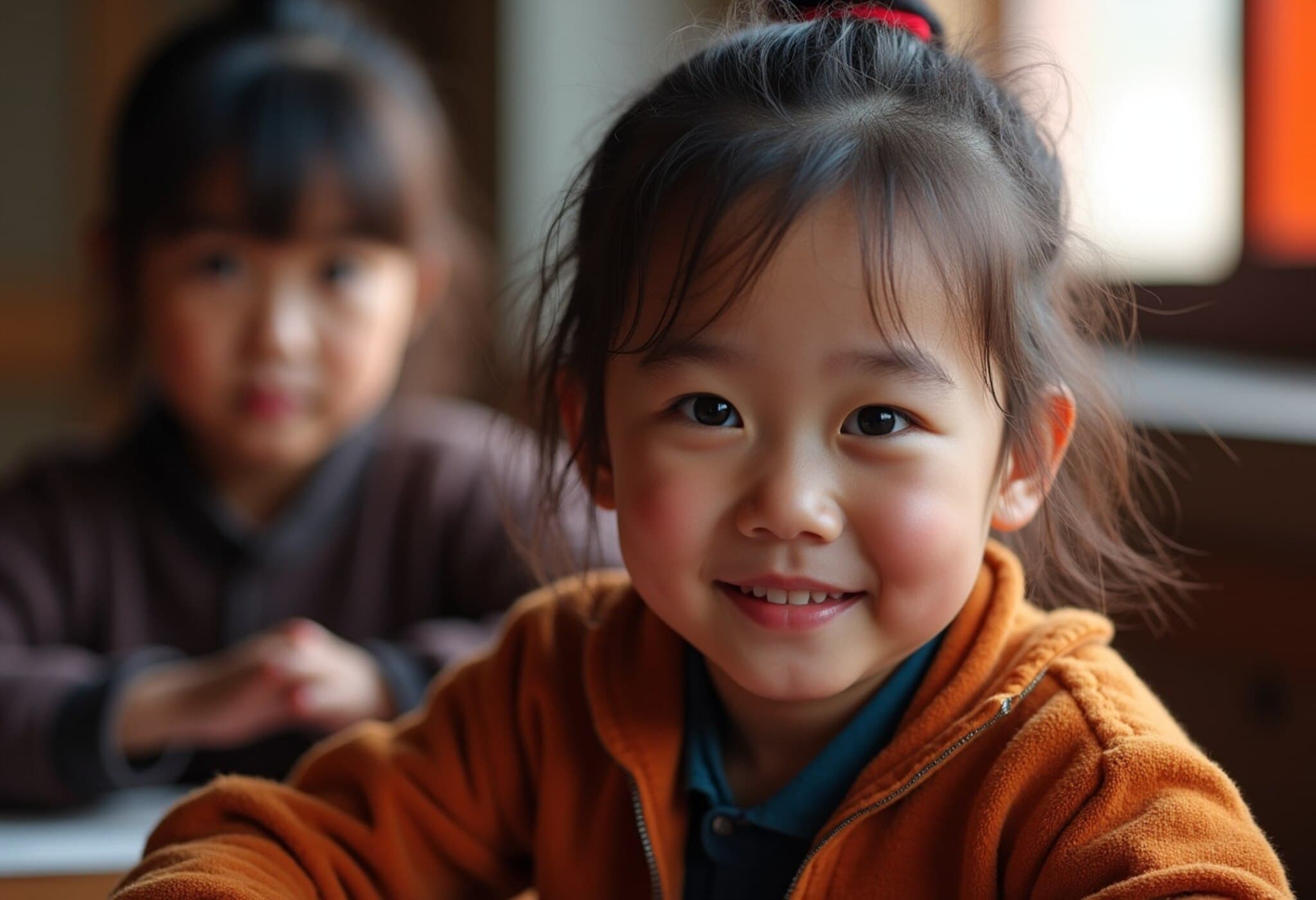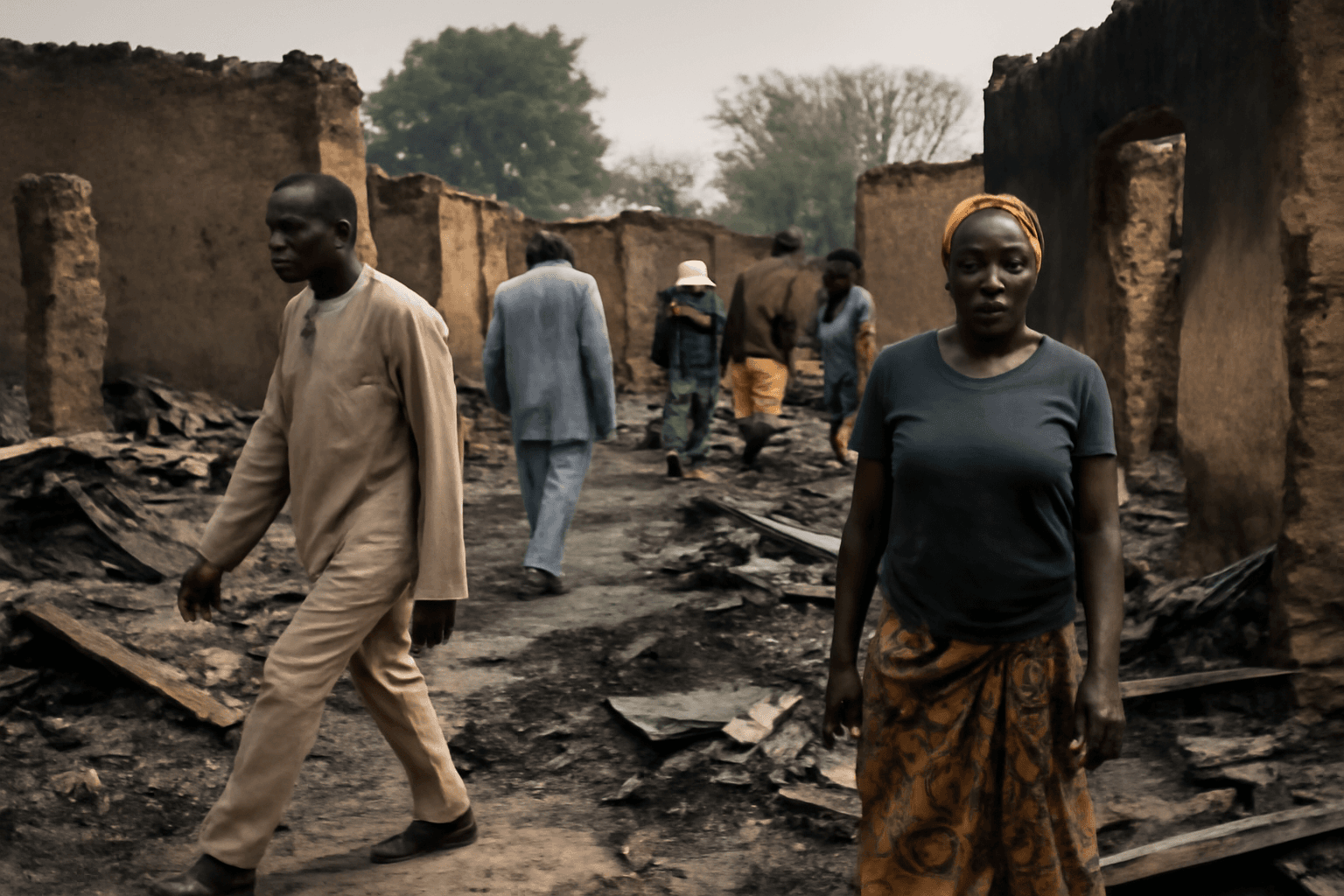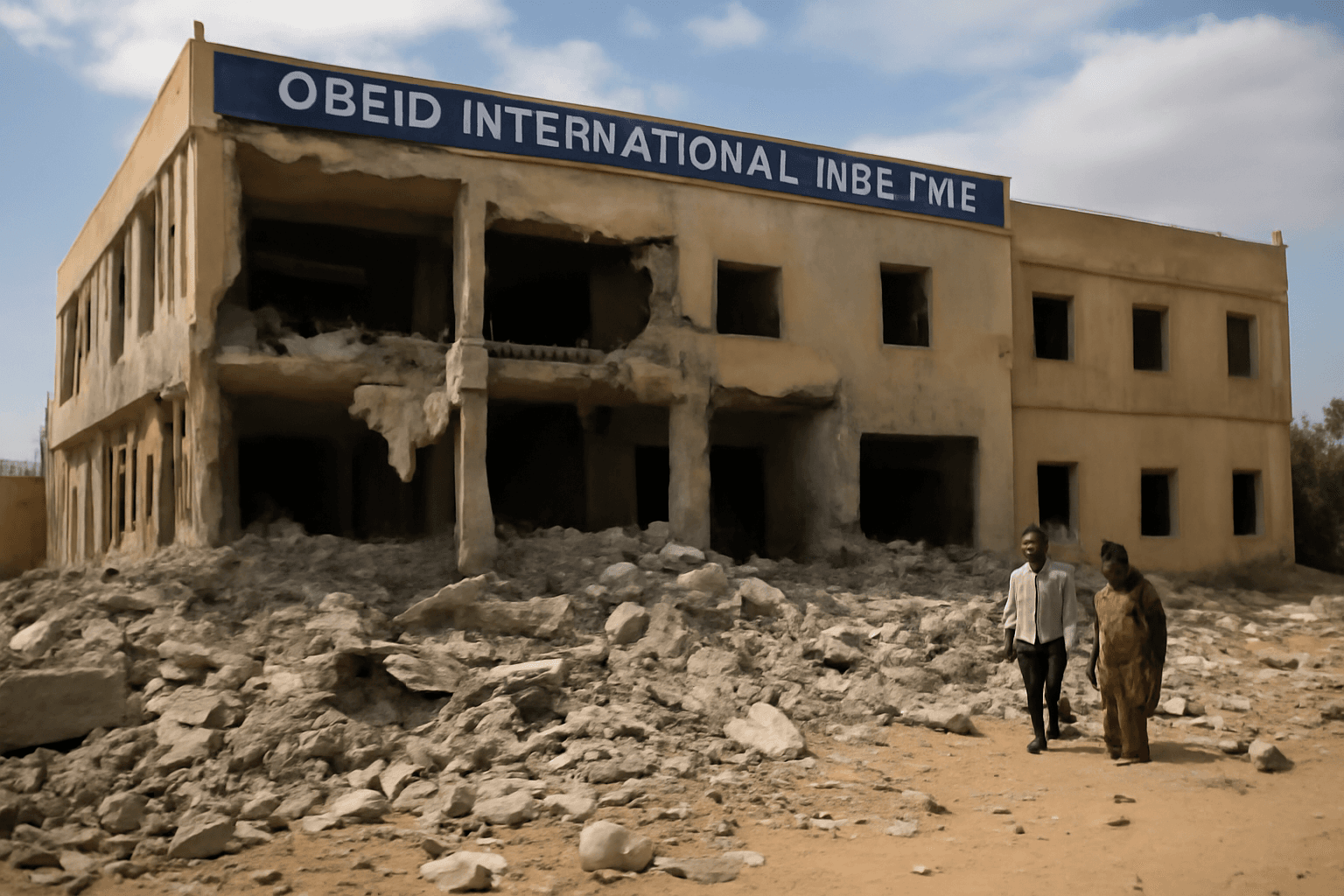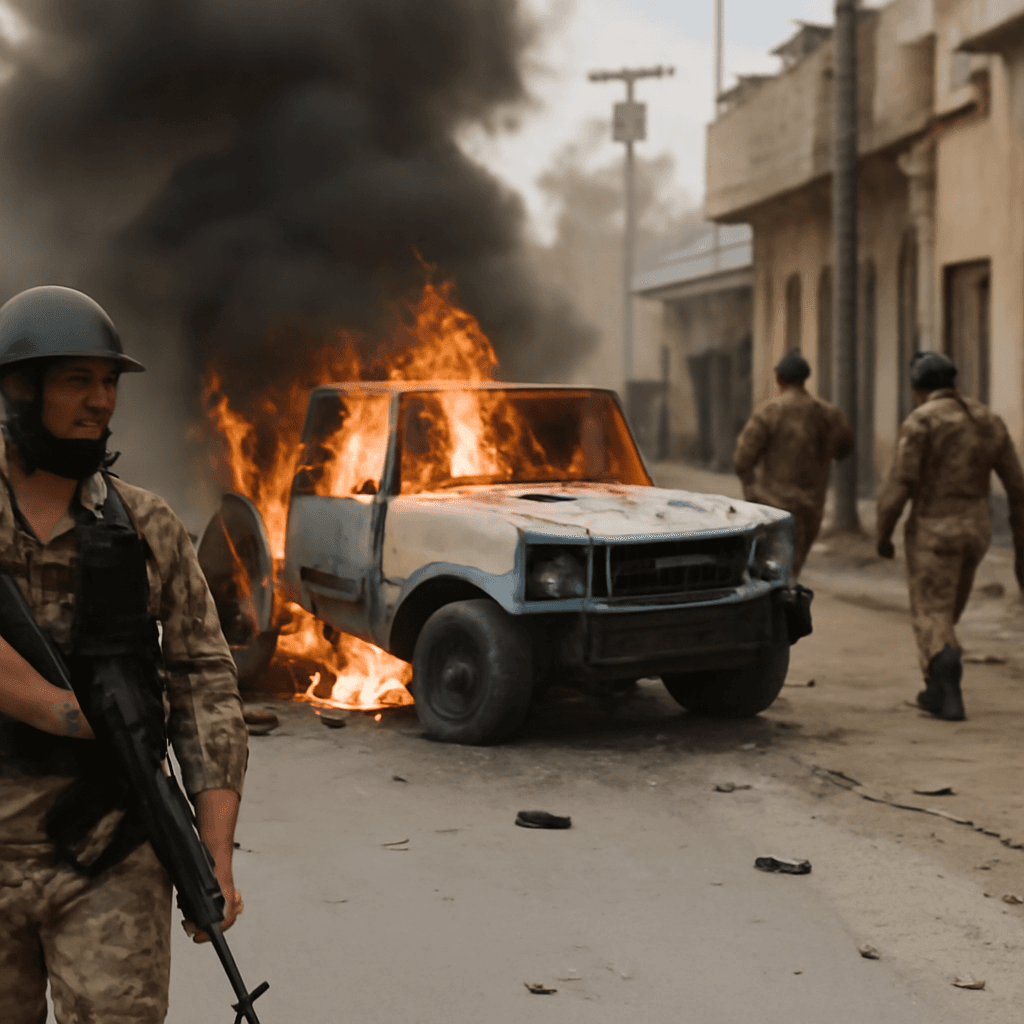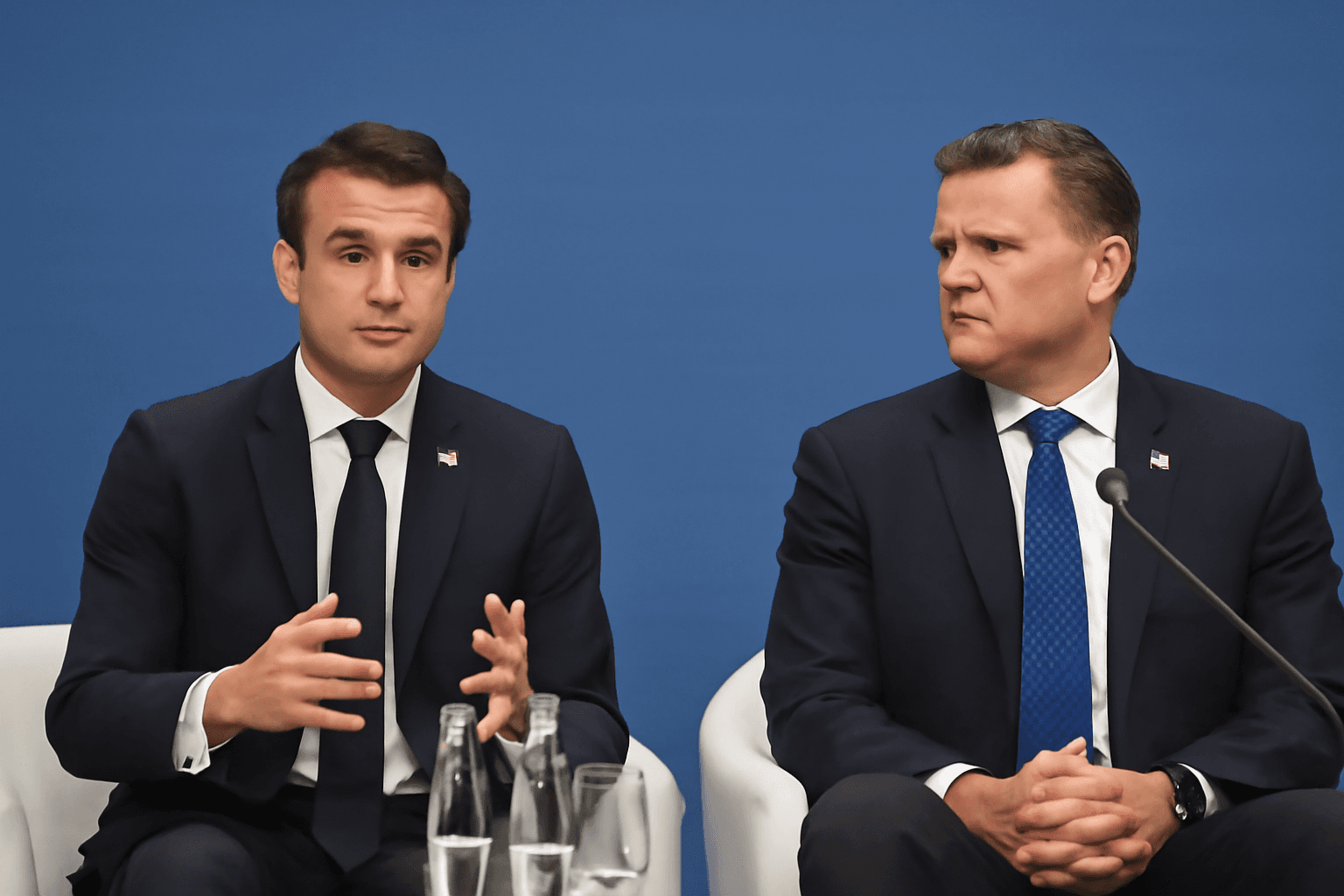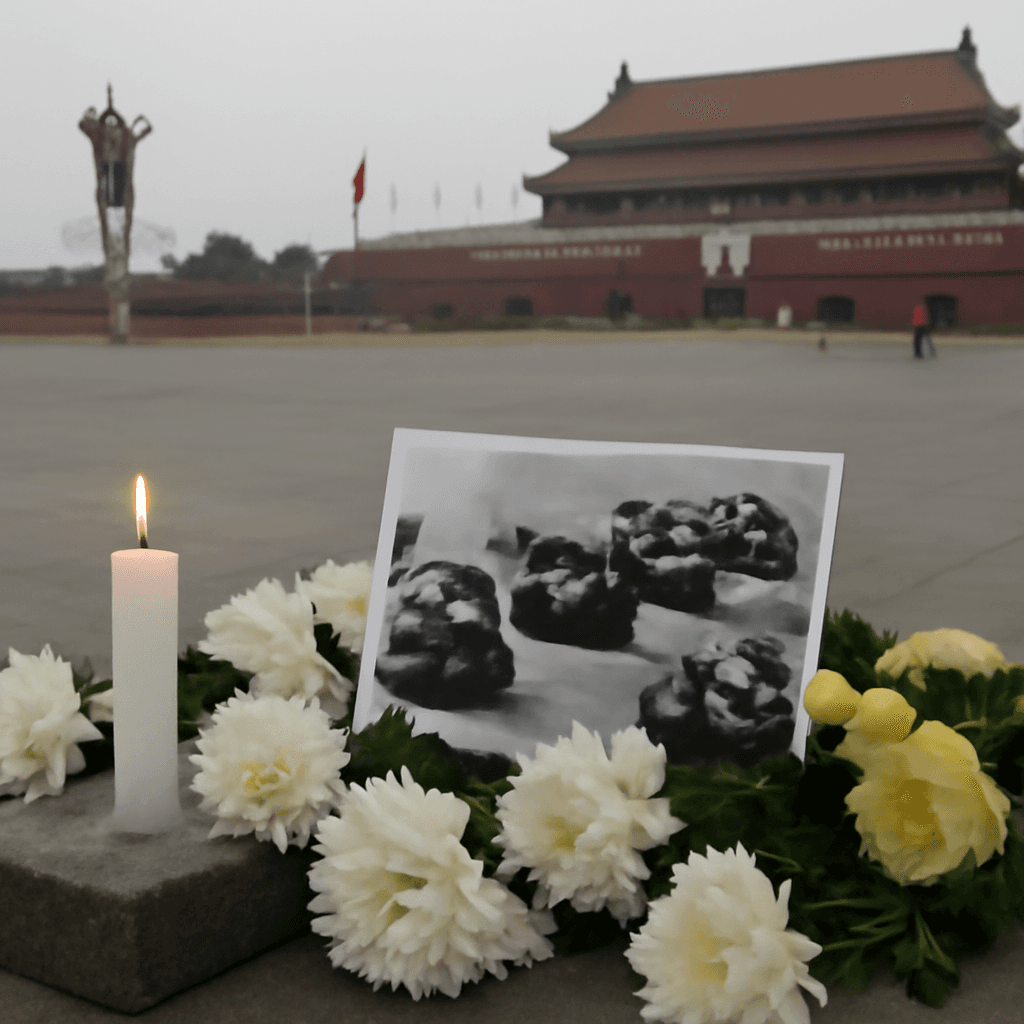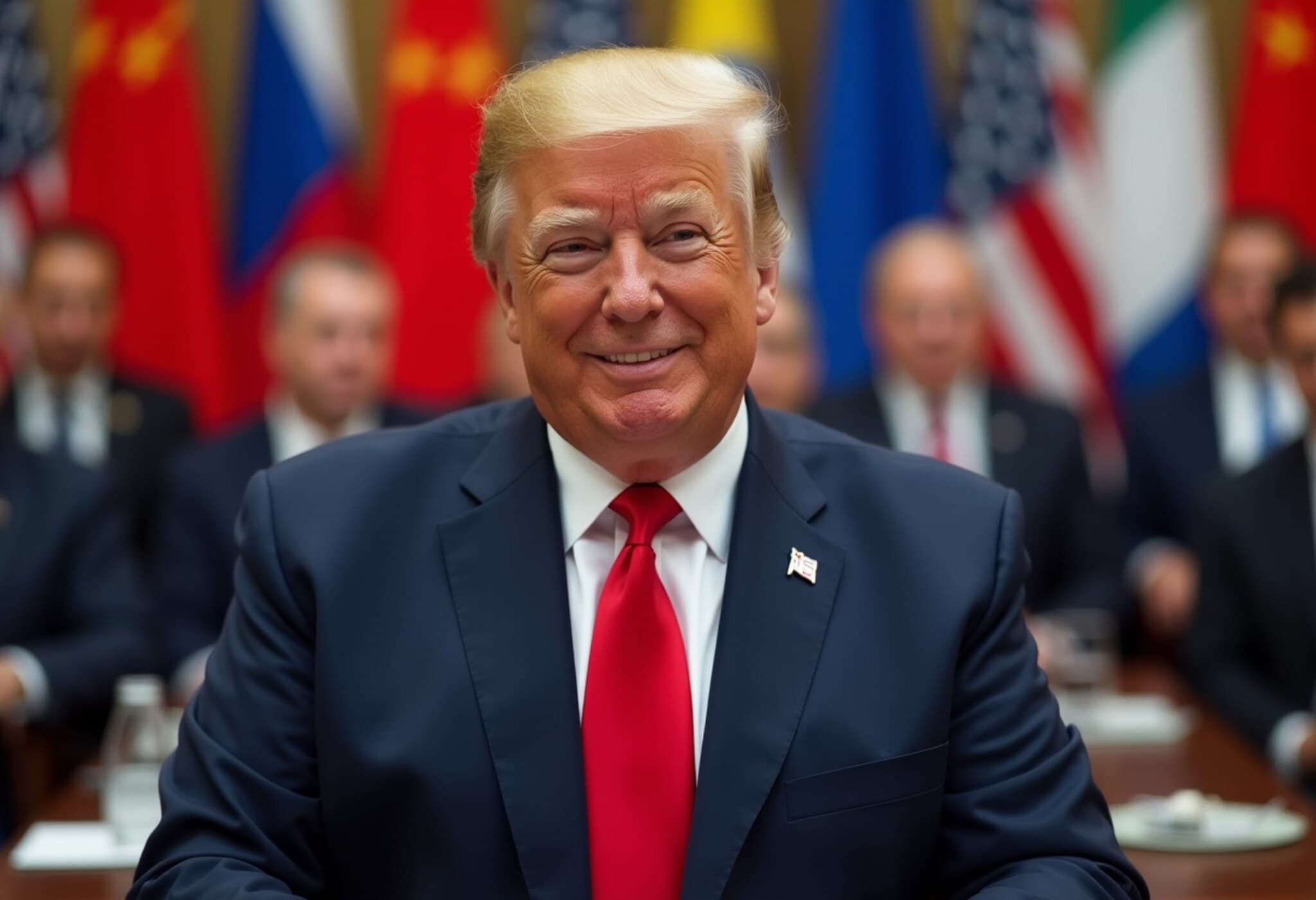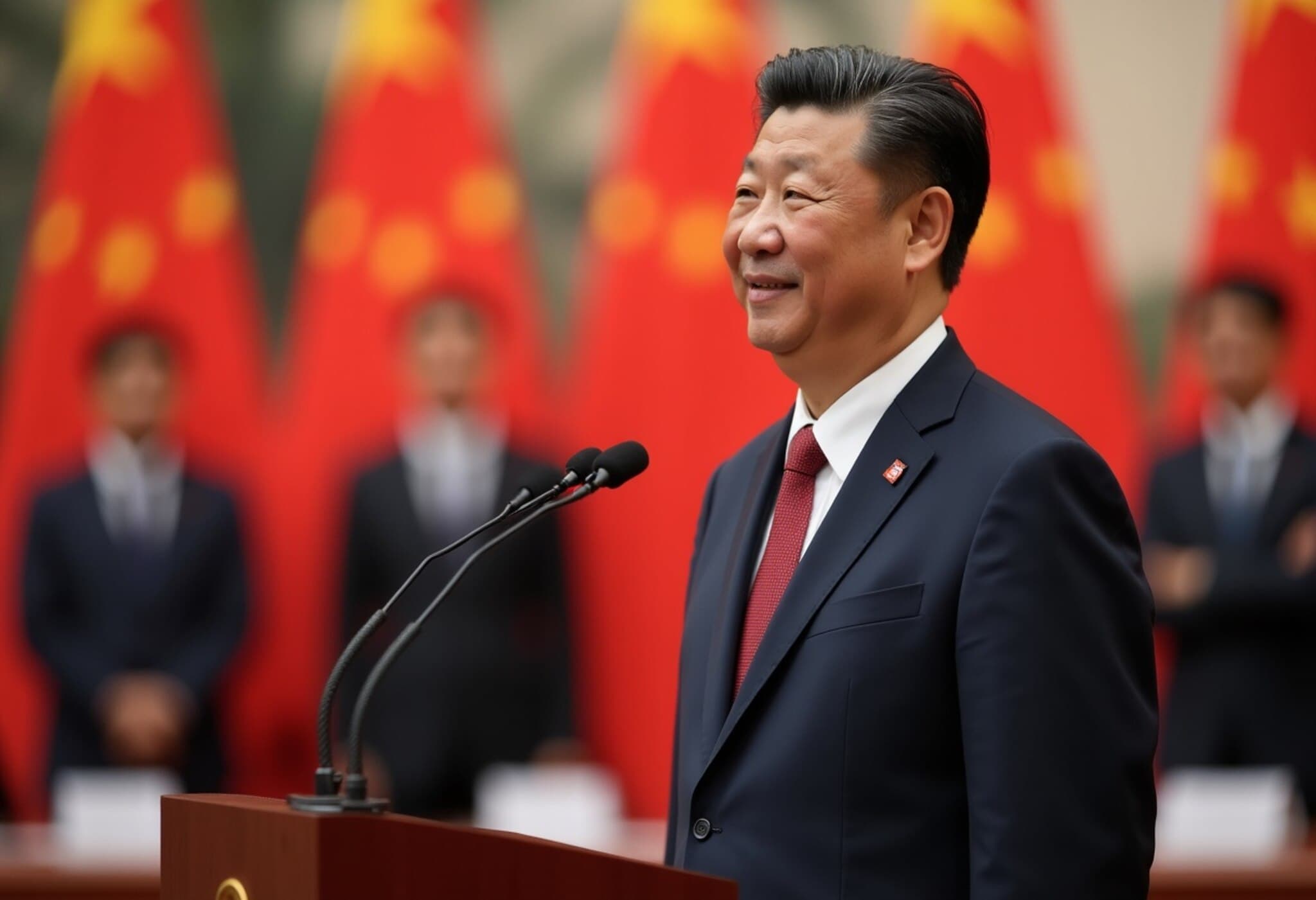China's Boarding Schools in Tibet: A Threat to Cultural Identity?
A newly released report by the Tibetan Action Institute (TAI) has brought to light alarming evidence that over one million Tibetan children are being placed in Chinese-run boarding schools under conditions critics say aim to erase their cultural and linguistic heritage. This figure includes approximately 100,000 preschoolers aged 4 to 6, raising urgent questions about the long-term impacts on Tibet’s unique cultural identity.
Forced Assimilation and Cultural Suppression
The report outlines a systematic effort by Chinese authorities to enforce assimilationist policies in Tibet’s education system. According to TAI’s research and interviews with Tibetan families, children in these boarding schools are subjected to strict restrictions that prevent them from speaking their native Tibetan language. Instead, they receive instruction solely in Mandarin and are taught a government-sanctioned version of history and ideology.
Dr. Gyal Lo, a Tibetan sociologist and contributor to the report, describes these efforts as part of President Xi Jinping’s broader strategy to undermine Tibet’s 4,700-year-old civilization. Having fled Tibet in 2020, Dr. Gyal Lo personally visited more than 50 residential preschools across Tibetan provinces like Amdo and Kham, confirming that a vast number of young children have been separated from their families and placed in these institutions.
Political Indoctrination and Religious Crackdowns
Beyond language and education, the boarding schools are reported to subject children to intense political indoctrination. The children receive continuous messaging emphasizing loyalty to the Communist Party of China and prioritizing Chinese identity and culture above their own heritage.
Furthermore, the report highlights a disturbing trend of forcibly transferring monks and nuns under 18 years into these schools, part of a concerted effort to stifle Tibetan religious traditions and suppress Buddhist practices integral to Tibetan life.
Context and Implications
- Historical Angle: Tibet has a rich cultural and religious history that many observers see as endangered by these policies.
- Human Rights Perspectives: The forced removal of children from their families raises serious questions about the violation of basic human and cultural rights, consistent with reports from international rights organizations.
- Chinese Government Response: Beijing continues to deny claims of cultural repression, emphasizing developmental progress and improved access to education in Tibet.
Expert Insights: Why This Matters to America and the World
The Tibetan boarding school issue is not merely a regional or ethnic matter but speaks to a broader global struggle over cultural preservation, religious freedom, and human rights in the face of authoritarian state control. For American policymakers and human rights advocates, this case poses poignant questions about the limits of diplomatic engagement with China, the role of international law in protecting minority rights, and the strategic importance of Tibet as a geopolitical flashpoint bordering India and China.
Moreover, these assimilation policies resonate with historic patterns of colonialism and cultural erasure seen worldwide, calling for renewed global vigilance and a reassessment of how economic development initiatives intersect with human rights and identity preservation.
Looking Ahead: Questions Raised
- What measures can the international community take to hold China accountable for reported cultural and human rights abuses in Tibet?
- How can Tibetan parents and communities access resources to protect their language and traditions?
- In what ways might global tech, education, and human rights organizations collaborate to improve transparency and support Tibetan cultural survival?
Editor’s Note
The Tibetan boarding school controversy exposes the tension between state-driven modernization efforts and the preservation of ancient cultural identities. As Beijing asserts control through education policies, Tibetans face a gradual erosion of their language, beliefs, and familial structures. This story invites us to reflect on the broader implications of assimilationist practices worldwide and challenges global citizens to advocate vigorously for cultural diversity, religious freedom, and children’s rights.
Continued monitoring, scholarly research, and international dialogue will be critical to understanding and addressing this complex humanitarian issue unfolding in one of the world’s most geopolitically sensitive regions.

